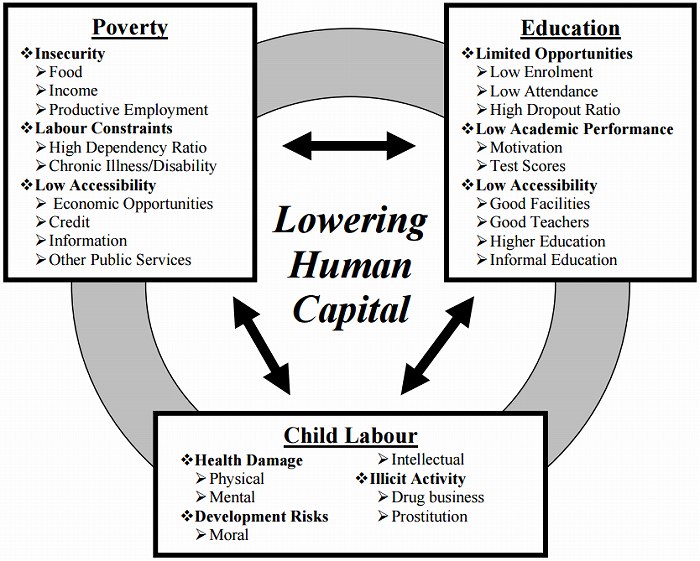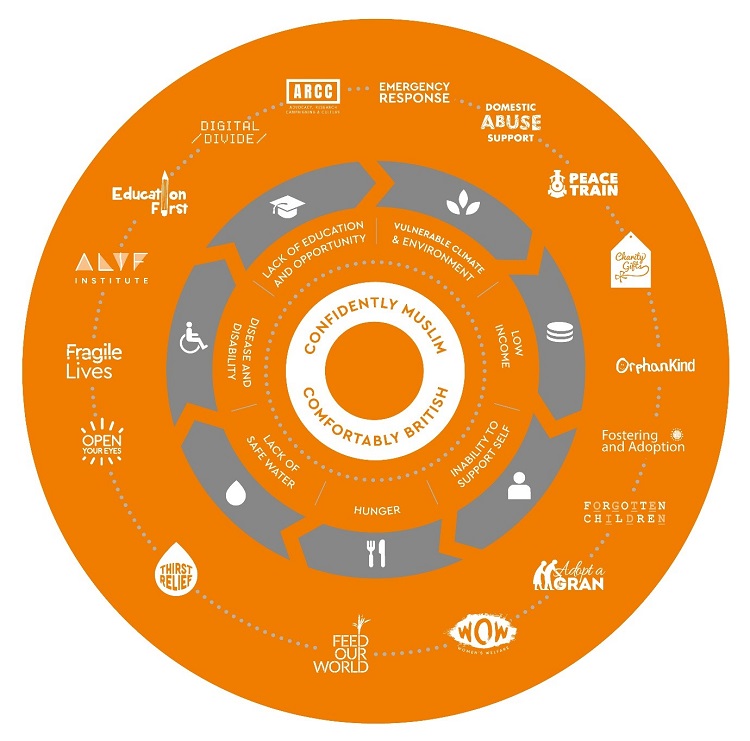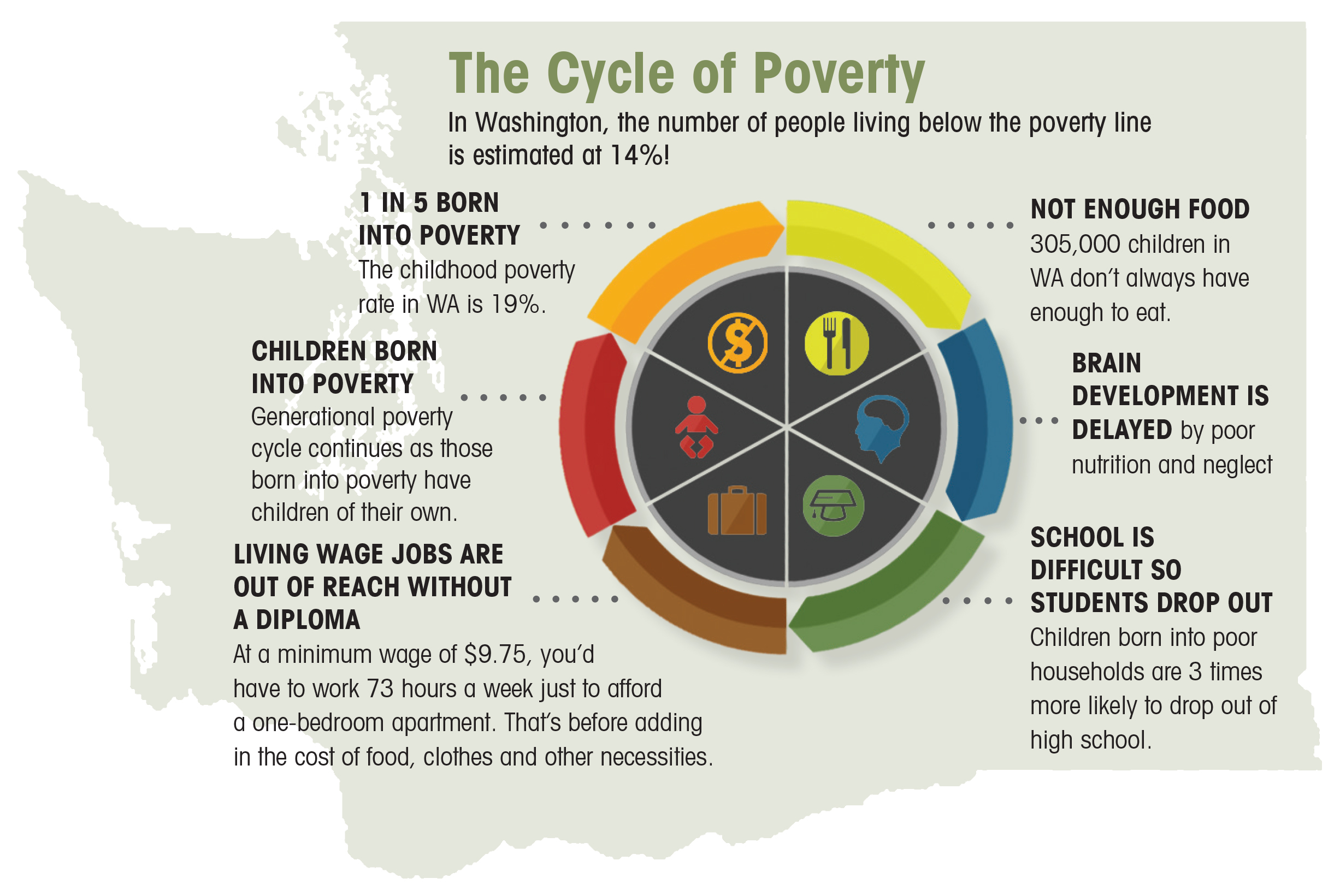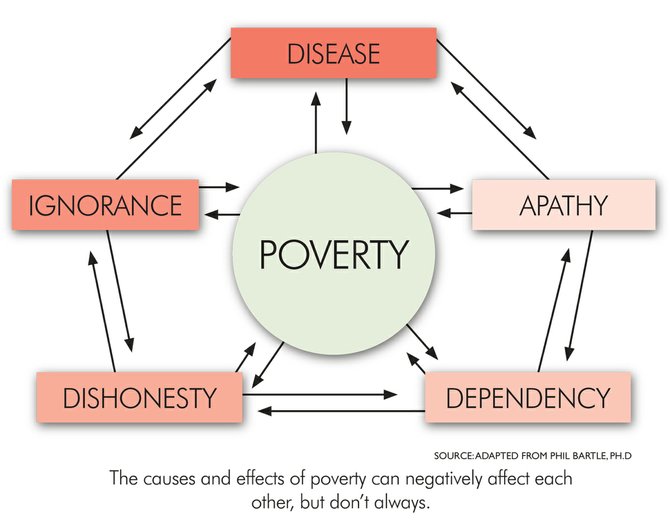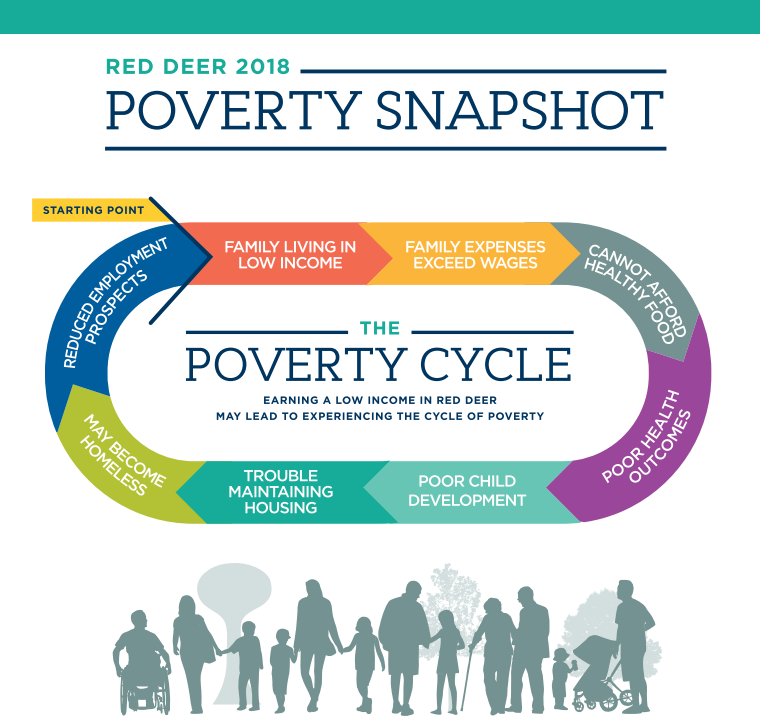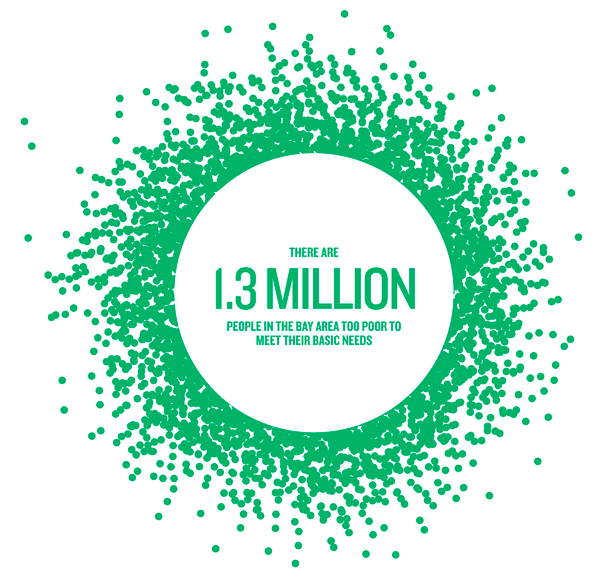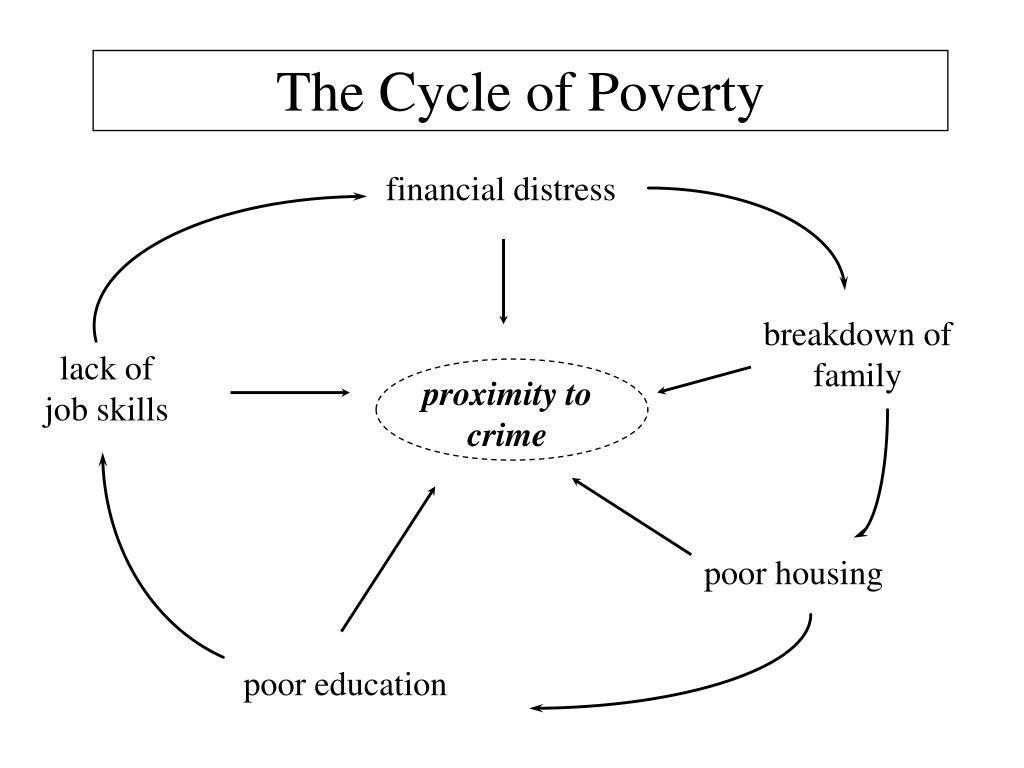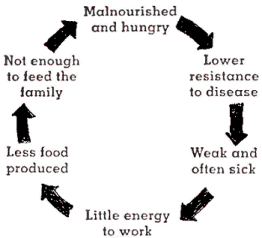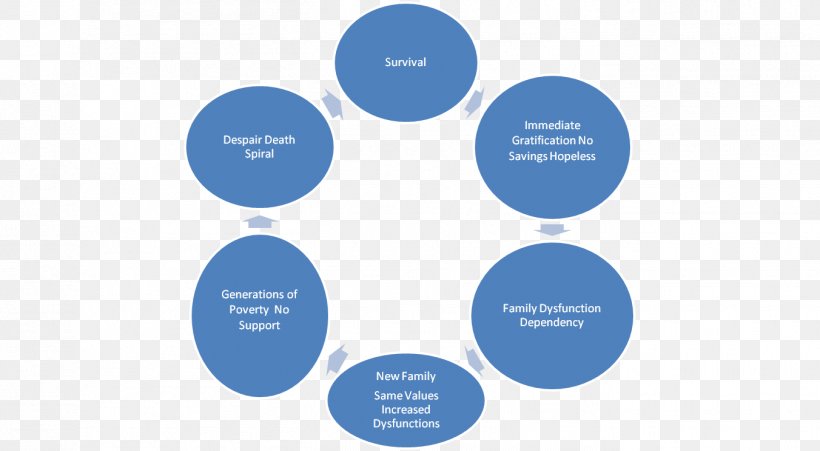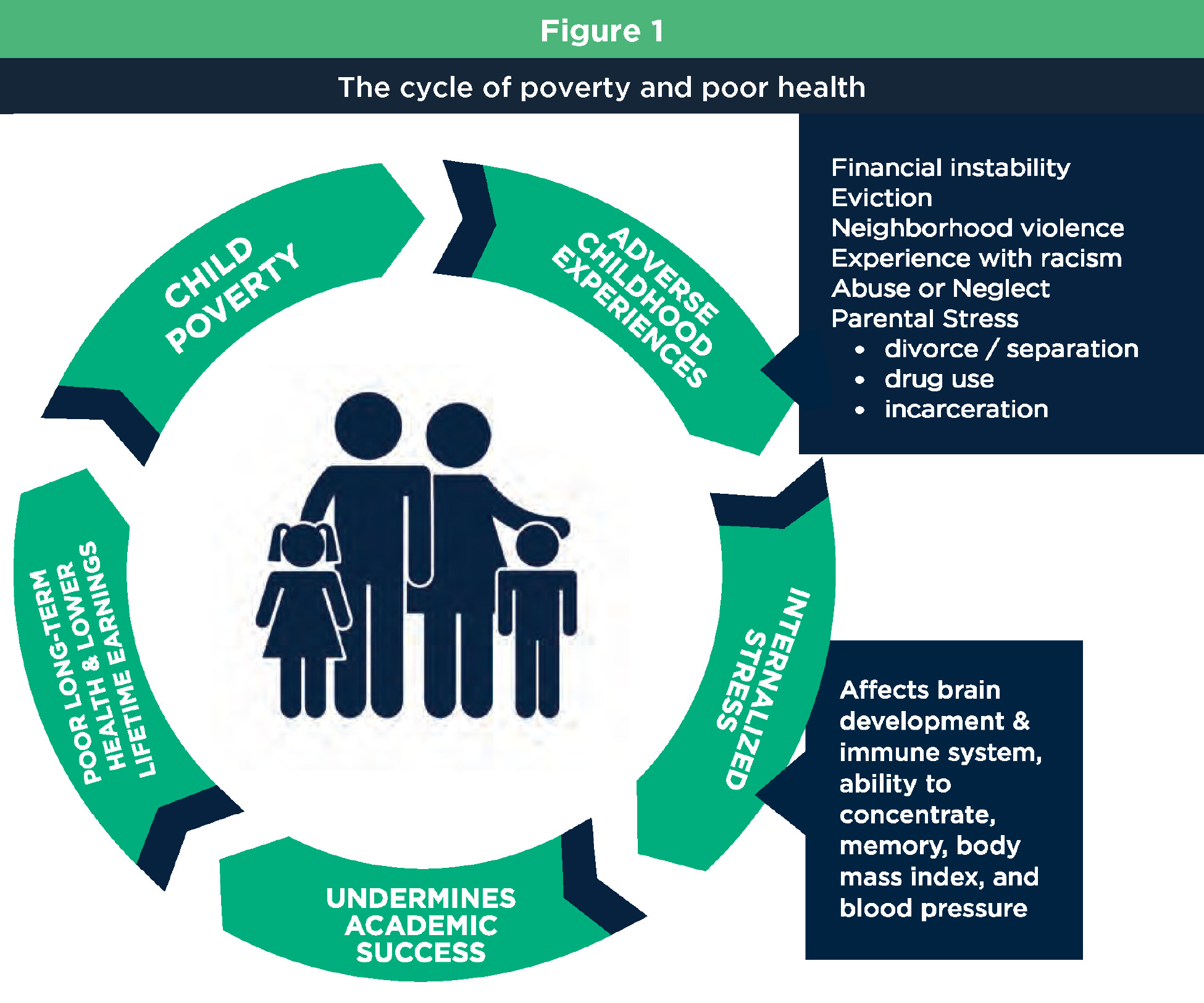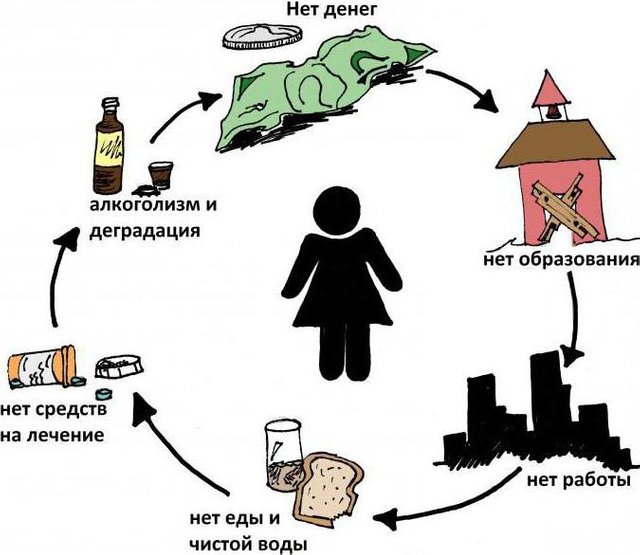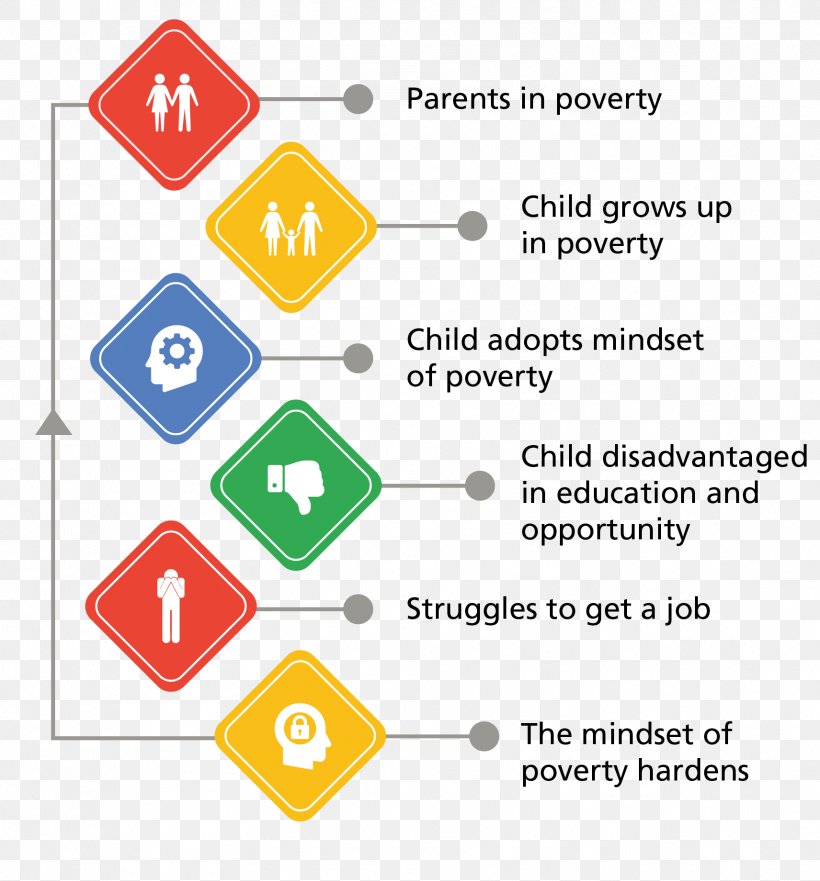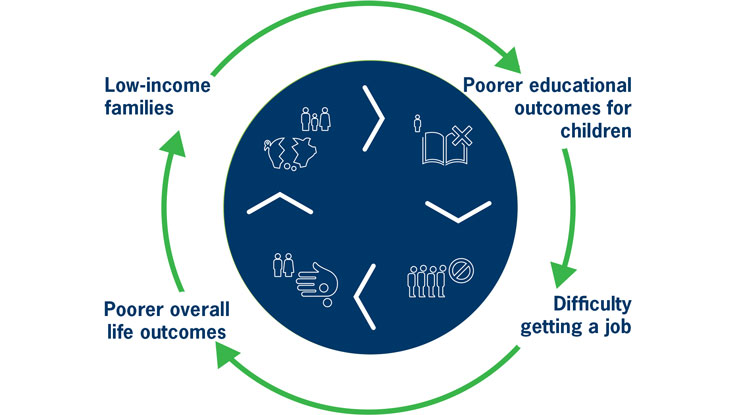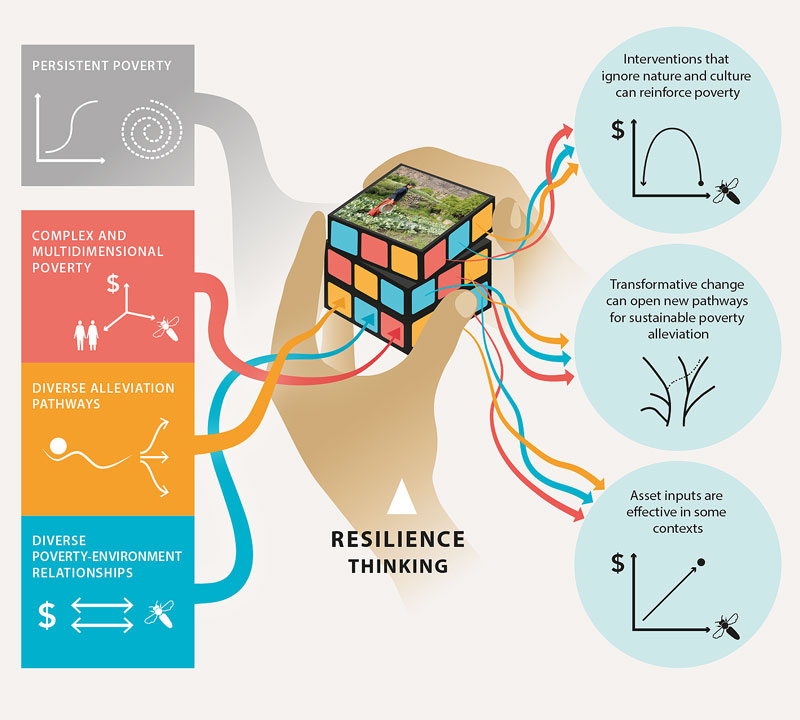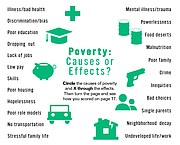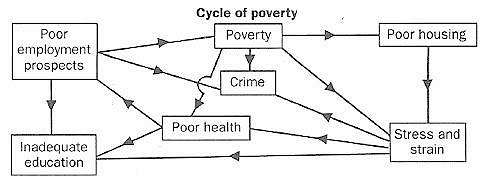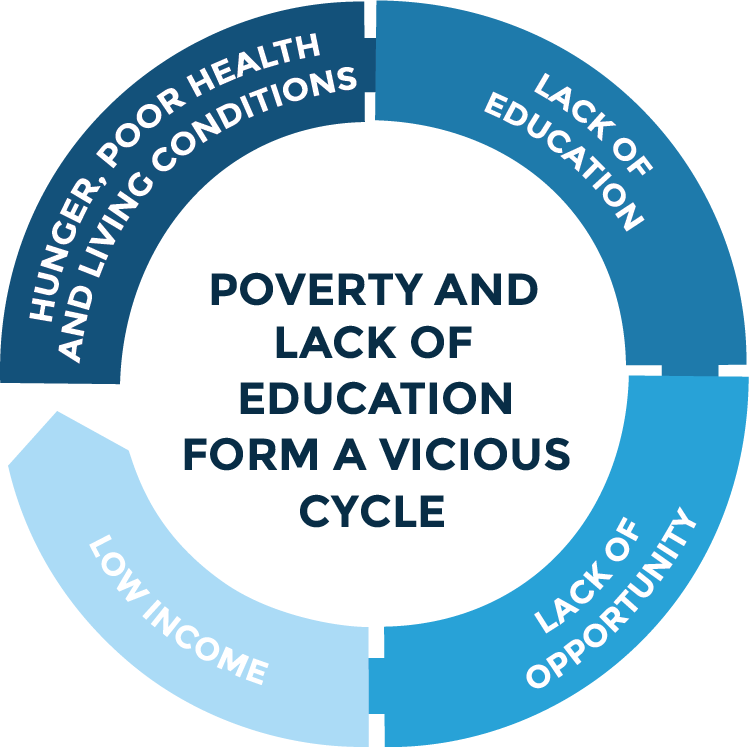Cycle Of Poverty
Learn more about the poverty cycle and how you can help break the cycle for good.
Cycle of poverty. Poverty is an economic state where the resources of a family dip below the required amount that is needed to sustain necessities of life. Children trapped in the poverty cycle are more likely to experience malnutrition lack of access to education and inadequate health care. Catalysts breaking the cycle of unemployment do more than edit resumes and teach interview skills. They work one on one with clients to help them find and keep a job.
There are many disadvantages that collectively work in a circular process making it virtually impossible for individuals to break the cycle. The poverty cycle is defined as a chain of events that results in the continuation of poverty until and unless there is some outside intervention. According to a report released by the surgeon general in 2016 1 in 7 americans. Families trapped in the cycle of poverty have either limited or no resources.
Drug and alcohol abuse can often be at the center of the cycle of poverty. The cycle of poverty has distinct indicators like less food less water poor health illiteracy poor sanitation lack of opportunities and low income among other factors. The culture of poverty theory attempts to provide an explanation as to what really is the cycle of poverty. This school of thought suggests that poor.
In economics the cycle of poverty is the set of factors or events by which poverty once started is likely to continue unless there is outside intervention. For instance people will not use clean sanitation practices have a higher chance of getting inflicted with a disease such as diarrhea or dysentery.

